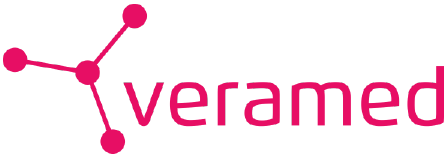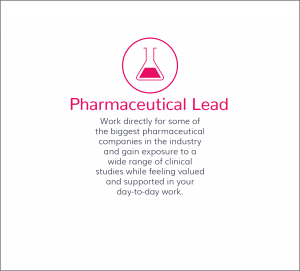Next week, we’ll be attending the PHUSE/FDA Computational Science Symposium (CSS) in Silver Spring, Maryland. Our very own Stuart Malcolm, Head of Standards, Efficiency and Automation at Veramed, will be there to share, learn and collaborate as part of the emerging trends and technology working group.
So, what is this symposium exactly? And what are these working groups all about?
PHUSE CSS brings together unique talent and expertise from across the life sciences industry to share and collaborate in support of health product development and regulatory review. But that’s just the basics. We sat down with Stuart to find out more.
What are you hoping to get out of PHUSE CSS this year?
I’ve recently taken over as co-chair of the Phuse Emerging Technology & Trends working group, along with Mike Hamidi, who is Director Data Standards Strategy Lead at Pfizer.
This will be my first Phuse/FDA CSS event, so I am treating it very much as a learning experience, and am looking forward to meeting project members, discussing future plans, and networking. In terms of specific topics and content, I’m hoping to learn more on standards development to support automation, the FDA on standardized tables and figures, and the EMA raw data pilot.
Tell us more about the Emerging Trends & Technologies working group you’re a part of at CSS.
The Emerging Trends & Technology (ET&T) working group’s purpose is to act as an open, transparent forum for volunteers across industry, sponsors, vendors and regulatory agencies, to work together on projects that examine, develop, and assess new technologies. Currently the working group has projects in Real World Evidence, New data standards (FHIR), Digital biomarkers, Cloud computing, and Data collection for Rare diseases.

What are the big talking points / topics you expect to see?
Both Mike and I took over as co-chairs earlier this year, at a time when the rate of technological change in the industry is on the increase. During the CSS the ET&T workstream includes project updates and also two round-table discussions on the future direction of the working group – where we look into our collective crystal-ball to identify the themes that will support innovation across the industry in the future.
Where do you see the world of Programming heading within our industry?
Of course the ET&T round table discussions will consider this from an industry perspective, but in terms of my role at Veramed, I see the main drivers of change for CRO/Programming coming from three main areas: 1) increasing requirements on submission deliverables by the main regulatory bodies, 2) the adoption of automation to achieve improved efficiencies and 3) technology innovation around cloud, open-source and data standards.
Any special treats / attractions you’re keen to see in Washington?
If I have time then I’d love to hire a city bike and go visit the Lincoln Memorial.
Visit our automations page to find out how we help clients optimise their clinical data workflows using emerging automation tools.





